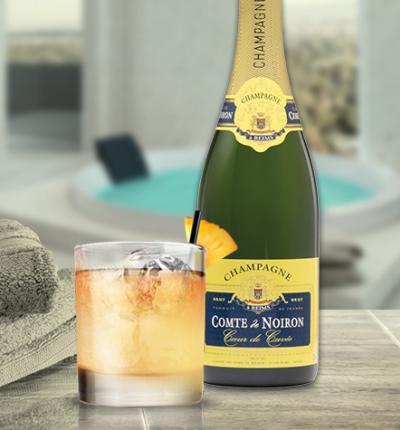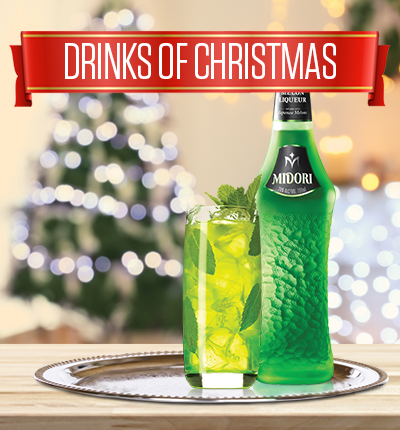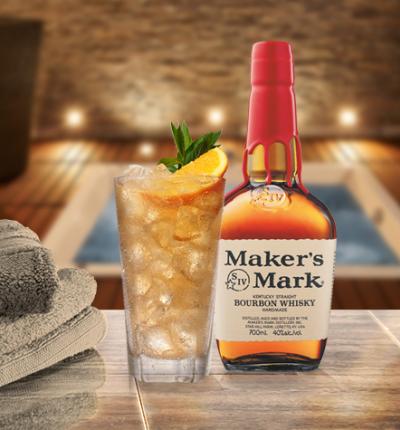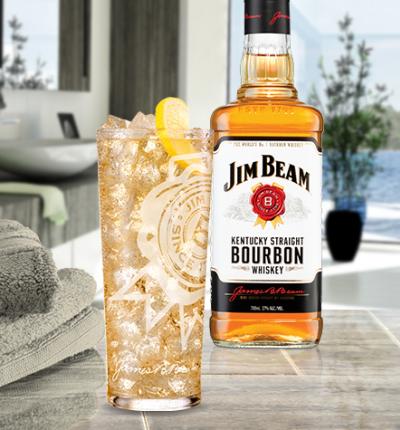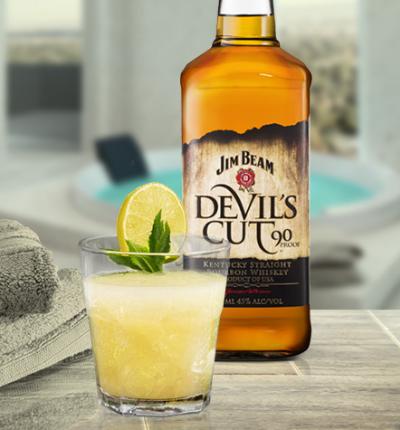You are here
A BRIEF HISTORY OF LIQUEURS
A BRIEF HISTORY OF LIQUEURS
From the rich to the fruity, liqueurs come in a wide range of flavours, textures and qualities, and differ from spirits due to their usually sweet palate and lower alcohol content.
Recipes for liqueurs have been found in Egyptian tombs and ancient Greek scrolls, but it is primarily the monks of Europe, particularly Italian monks during the 13th Century, who developed the liqueur as a way to infuse herbs for medicinal use. One of the most famous liqueurs to be developed by European monks is Green Chartreuse, which was developed by monks from the Carthusian order in the French Alps. It contains over 130 herbs and spices, some of which are rare, and only three monks know the full recipe, and which herbs produce its unique, natural colour.
As the trade routes opened, the variety of spices and other ingredients, such as ginger, orange and chocolate, made their way into liqueurs, and many households had their own distillery and recipes. Some were used for their anesthetic qualities and used by women during childbirth, while others were imbibed as a digestive aid. They also became fashionable. After Catherine De Medici wed Henry II of France, she introduced the culture of liqueur drinking to the French Court.
Today, there are countless liqueurs made all over the world. Fruit liqueurs are very common, and include those based on assorted berries such as sloe berries, strawberries, blackberries, guava berries and Cloudberries. Other popular fruit bases include blackcurrants, melons, mangoes, bananas, coconut, oranges and other citrus fruits, such as cumquats, limes and lemons. The fruits used in liqueurs vary widely depending on the country.
Spices make for wonderful companions to liqueurs also. Cinnamon, aniseed, vanilla, cardamom and juniper berries join a long list of spices that have been used both alone and in combination with herbs, fruits and nuts in many well-known liqueurs. Nuts also create liqueurs with surprising depth and versatility, most notably Amaretto, based on almonds, and the hazelnut-infused Frangelico.
Every year there are new and creative liqueurs to try, and, of course, there are those that are so good they have simply stood the test of time. Why not get to know a liqueur you've never tried before, and see what it can do both on its own and mixed with some of your favourite spirits and mixers.


